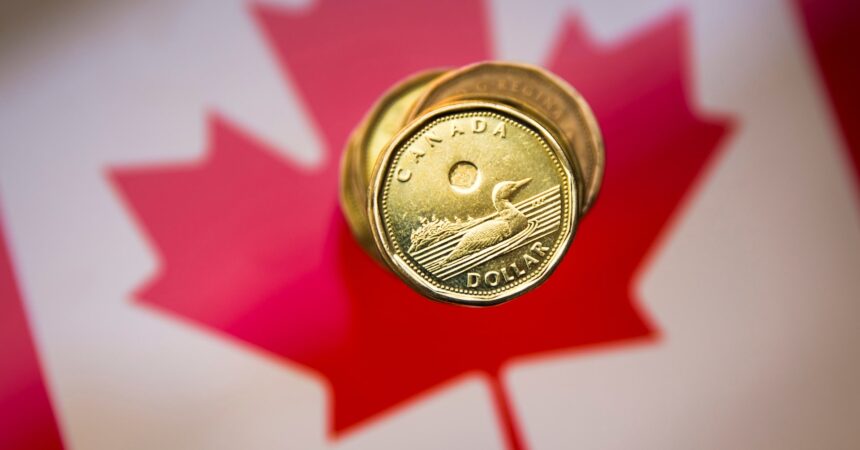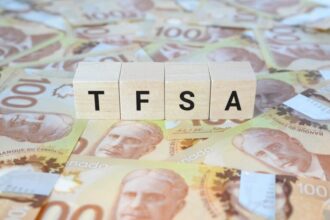The Canadian dollar strengthened against its U.S. counterpart on Friday, clawing back some of its weekly decline as oil prices climbed and investors recalibrated positions ahead of key employment data from both sides of the border.
The loonie was trading 0.3% higher at 1.3580 to the U.S. dollar, or 73.64 U.S. cents, after touching its strongest level since Tuesday at 1.3565. Despite Friday’s gains, the Canadian dollar was on track to finish the week down 0.2%.
“We’re seeing the traditional correlation between oil and the Canadian dollar reassert itself today,” said Michael Henderson, senior currency analyst at CO24 Business. “With WTI crude jumping over 4% on Middle East tensions, the loonie found immediate support.”
Oil, one of Canada’s major exports, surged as escalating conflict in the Middle East reignited supply concerns. U.S. crude prices were up 4.1% at $77.85 a barrel, providing a significant tailwind for the commodity-linked Canadian currency.
The currency’s movement comes as traders await employment reports from both Canada and the United States scheduled for next week. These reports will provide crucial insight into how aggressively central banks might cut interest rates in the coming months.
“The market is positioning ahead of what could be very telling employment numbers,” said Natalie Chen, chief economist at Vancouver-based Continental Trust. “The Bank of Canada has been more aggressive in its easing cycle than the Fed, which has kept pressure on the loonie.”
The Bank of Canada has cut its benchmark interest rate three times since June, bringing it to 4.25%, while the Federal Reserve has lowered its policy rate twice since July to a range of 4.75% to 5.00%.
This interest rate differential has contributed to the Canadian dollar’s 1.7% decline against the greenback so far this year. However, speculators have cut their bearish bets on the Canadian currency, according to data from the U.S. Commodity Futures Trading Commission released last week.
Canadian government bond yields rose across a steeper curve on Friday. The 10-year yield was up 7.4 basis points at 3.220%, moving toward the top of its range over the past three weeks.
“We’re seeing a recalibration in the bond market that’s providing additional context for the currency moves,” Henderson added. “The steepening yield curve suggests markets are becoming more optimistic about long-term growth prospects.”
For investors watching the CO24 Business sector, the Canadian dollar’s resilience amid global uncertainty points to underlying strength in Canada’s resource-heavy economy. Analysts watching CO24 Breaking News will be monitoring next week’s job reports closely for signals about the future direction of both currencies.
As the correlation between oil prices and the loonie continues to influence markets, the question remains: will employment data confirm the economic soft landing that central bankers have been orchestrating, or will it reveal deeper challenges that could further complicate currency valuations in North America?










